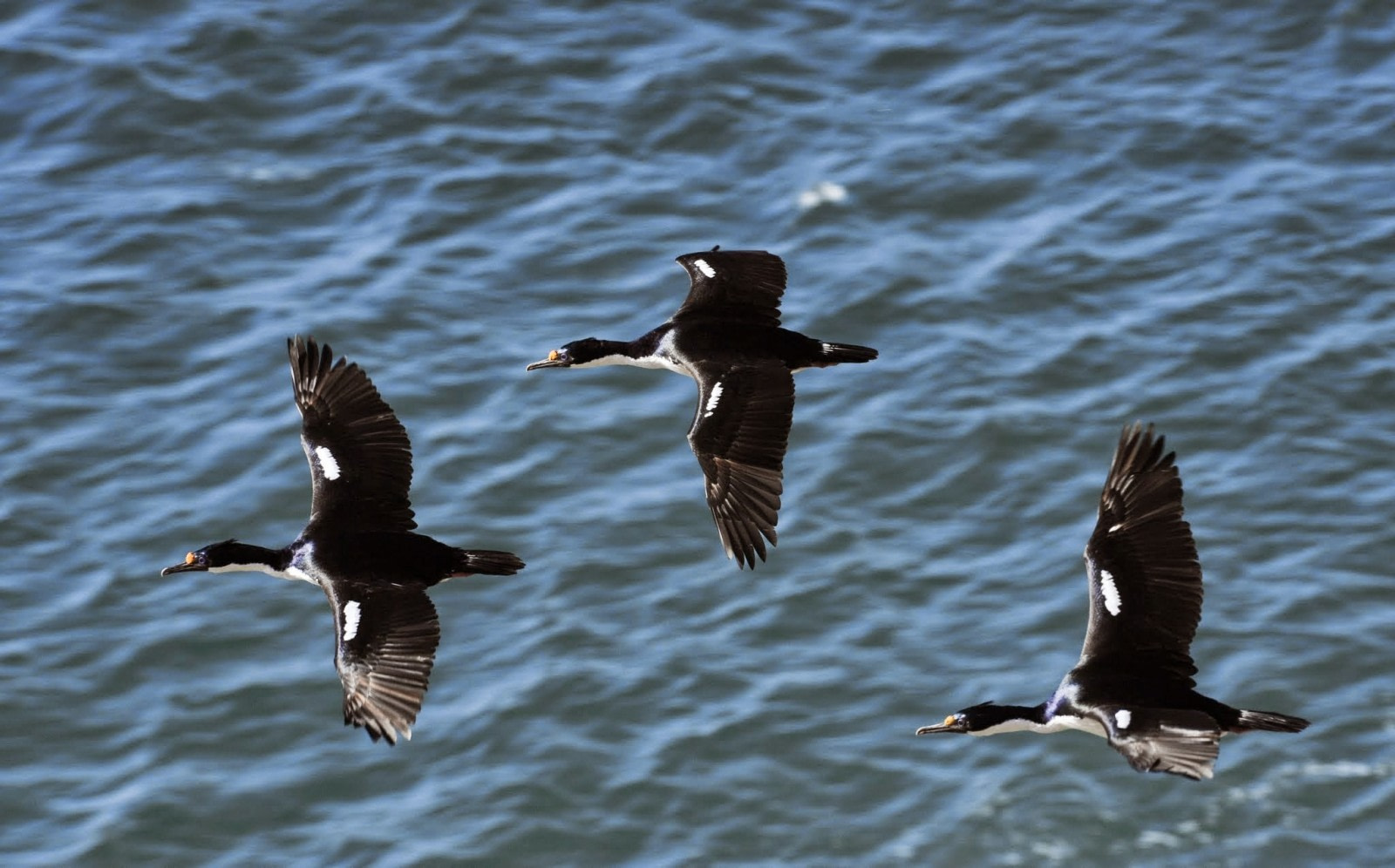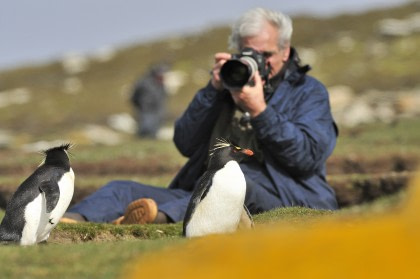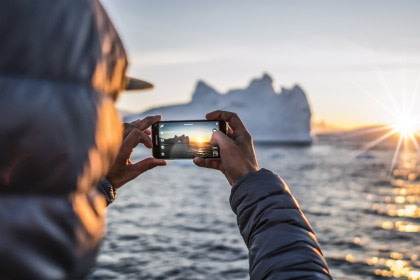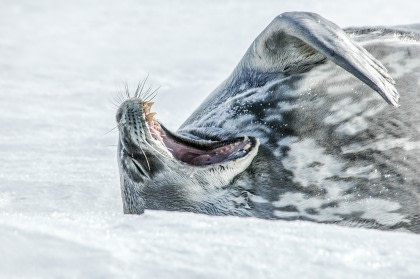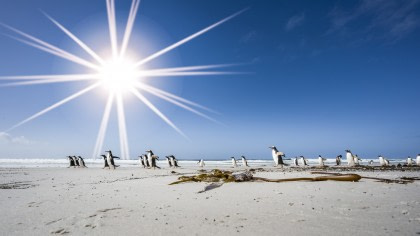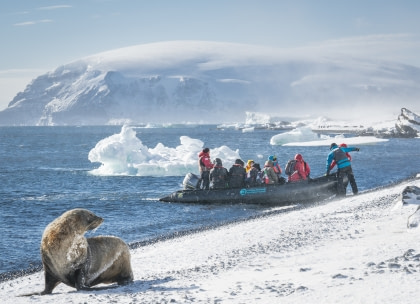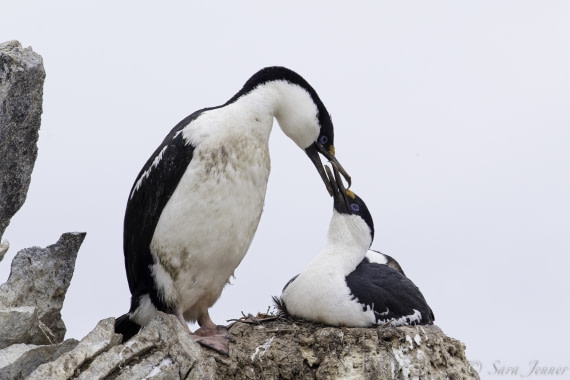Name: Cormorant is a catch-all name for numerous sub-species (Phalacrocorax) listed below:
- Antarctic shag
- Auckland shag
- Australian pied cormorant (a.k.a. yellow-faced cormorant)
- Bank cormorant (a.k.a. Wahlberg’s cormorant)
- Brandt’s cormorant
- Bronze shag (a.k.a. Stewart Island shag)
- Bounty shag
- Campbell shag
- Cape cormorant
- Chatham shag
- Crowned cormorant
- Crozet shag
- Double-crested cormorant (a.k.a white-crested cormorant)
- European shag (a.k.a common shag)
- Flightless cormorant
- Great cormorant (a.k.a. black shag)
- Guanay cormorant
- Heard Island shag
- Imperial shag (a.k.a blue-eyed shag)
- Indian cormorant
- Japanese cormorant (a.k.a. Temmick’s cormorant)
- Kerguelen shag
- Little cormorant
- Little black cormorant
- Little pied cormorant
- Macquarie shag
- Neotropic cormorant (a.k.a. olivaceous cormorant)
- Pelagic cormorant (a.k.a. Baird’s cormorant)
- Pitt cormorant (a.k.a. Featherstone’s shag)
- Pygmy cormorant
- Red-faced cormorant
- Red-legged cormorant (a.k.a. red-footed shag)
- Reed cormorant (a.k.a. long-tailed cormorant)
- Rock shag
- Rough-faced shag (a.k.a. king shag)
- Socotra cormorant
- Spectacled cormorant
- Spotted shag
- South Georgia shag
- White-bellied shag
- White-breasted cormorant
Wingspan: 45 – 100 cm (18 – 39 inches), depending on species
Weight: .35 to 5 kg (0.7 – 11 pounds), depending on species
Location: Coastal worldwide (except central Pacific islands).
Conservation status: Variable, depending on species
Diet: Eels, fish, smaller water snakes.
Appearance: Black backs and wings, white face and bellies, hooked bill, somewhat pelican-like
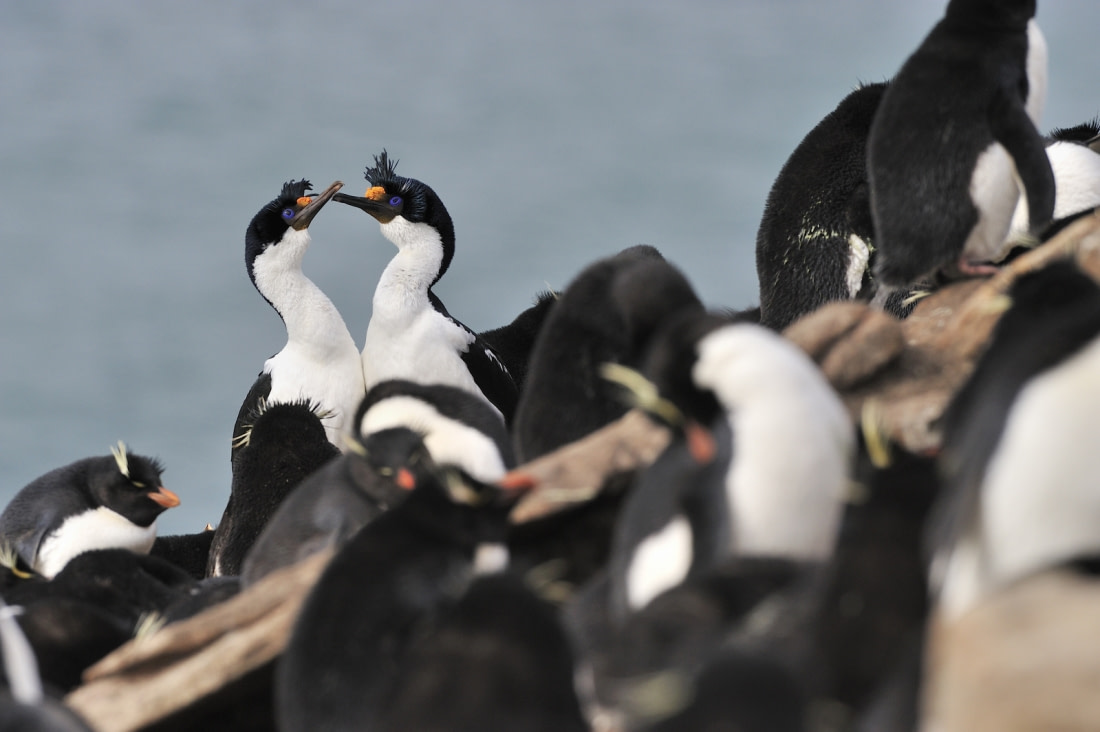
How do cormorants feed?
Cormorants are expert divers. Some dive as deep as 45 metres (150 feet). They speed along underwater via their webbed feet, using their wings as rudders.
Some colonies of cormorants have been observed herding fish for more efficient hunting.
Are cormorants social?
Cormorants are colonial nesters, with colonies holding up to 4,000 individuals. Many species also hunt together.
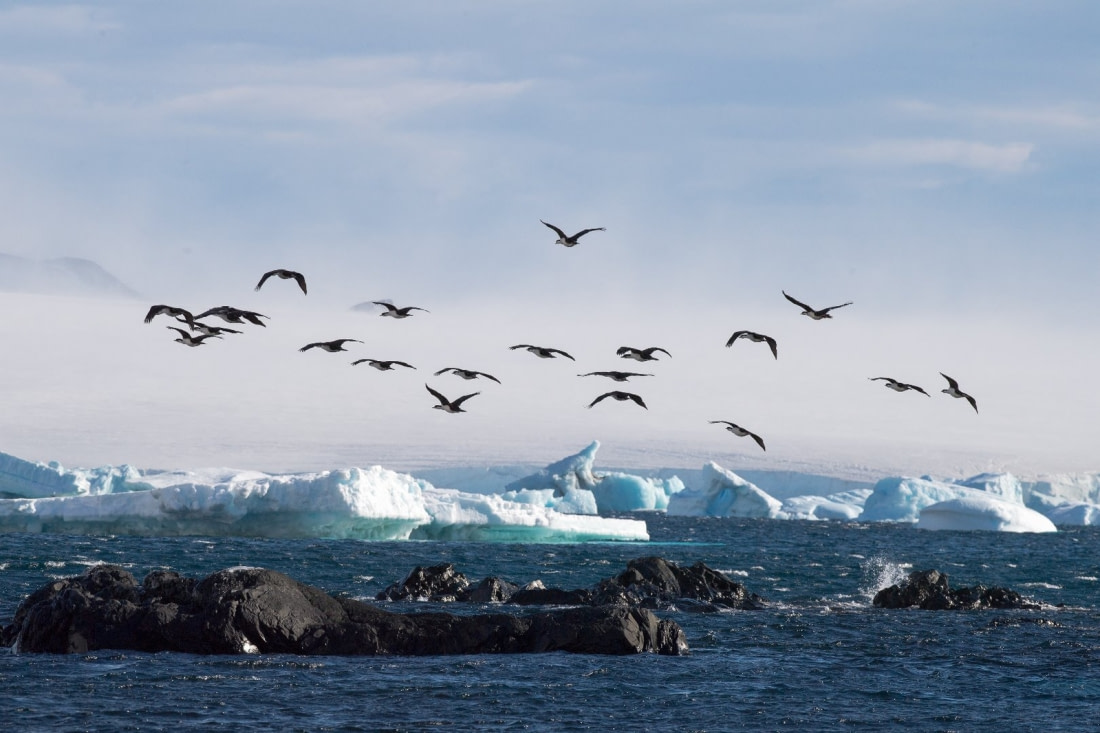
How fast do cormorants fly?
Some species of cormorant can reach speeds of up to 55 kph (35 mph).
What are cormorant birthing rituals like?
Cormorants become sexually mature at around two to three years old. This maturity seems to partially depend on food availability: More food available in the area leads to younger breeding ages.
Nesting sites are variable, reflecting at least in part the availability of food. Nests can be on rocky cliff faces, in trees, or on the ground.
On average, cormorants lay three to five eggs. Survival is often low. Hatching occurs about one month after eggs are laid. Chicks then remain in the nest for a further two months.
Cormorant chicks are fed with food adults regurgitate into their beaks.
How long do cormorants live?
Cormorants live up to about 25 years in the wild.
Do cormorants have any natural predators?
Cormorant young and eggs are prey to larger predatory birds like eagles, gulls, and crows. Colonies on the ground can be vulnerable to foxes and racoons.
Seven cool cormorant facts
- Cormorants have relatively short wings due to their need to swim. Because of this, they expend more energy in flight than any other flying bird.
- The species name comes from the Greek words phalakros, meaning “bald,” and korax, meaning “raven.”
- The name “cormorant” is a contraction of the Latin words corvus and marinus, which taken together mean “sea raven.”
- Cormorants share many features with shags. Depending on who you ask, there might not be any relevant distinction between them.
- All versions of the cormorant have glands that secrete oil used for keeping their feathers waterproof. However, this gland is not sufficient on its own, so cormorants are often seen spreading their wings to dry them.
- Certain cultures (Chinese, Grecian, Japanese, Macedonian) historically used cormorants for fishing, tying a loop around the bird’s throat that allowed them to only swallow smaller fish, while leaving bigger fish trapped in their bills.
- Cormorants are pellet-makers, creating pellets out of the bones and scales of the fish they eat, then spitting them out, just like some owls.
